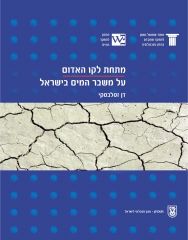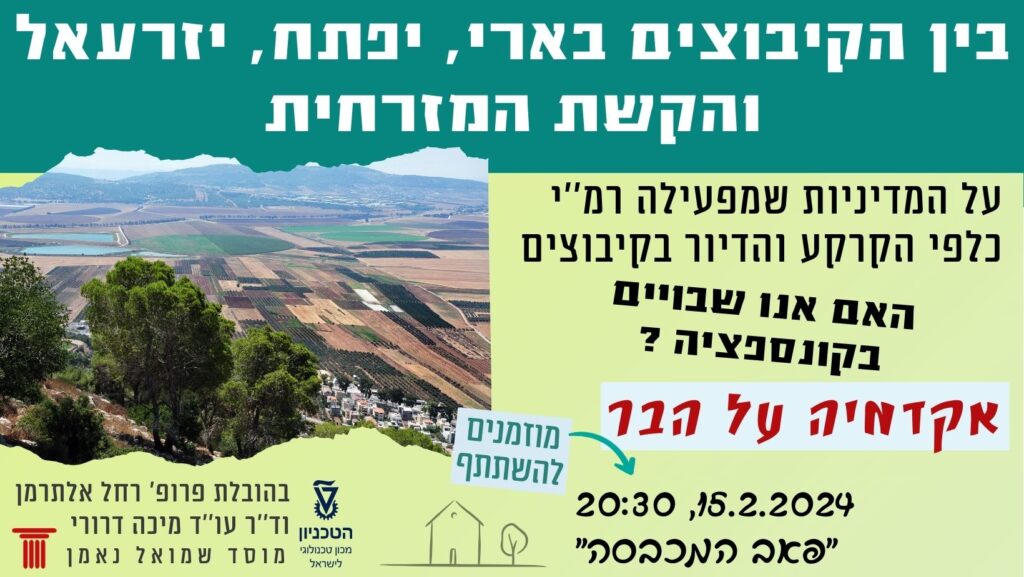At the beginning of the Likud Government’s term of office in 1996, Minister of Agriculture, Raphael Eitan, approached me and requested that I help him prepare a data brochure about the situation of the water system. He expressed, in advance, his concern that the situation of the water system might lead to the liquidation of agriculture. To avoid such a situation he initiated a joint meeting with Ariel Sharon, Minister of National Infrastructures at the time.
The brochure was prepared and sent to a considerable number of professionals for reactions and comments, and as a result of these a revised brochure was published under the title “On the situation of the water system and the fate of agriculture”. Only then was the meeting of the two ministers held. It was very clear from the data that the State of Israel was moving very fast towards seriously emptying, salting, and polluting its water reservoirs, and along with it also the liquidation of its agriculture or a major portion of it.
Contrary to my data, the Water Commissioner at the time claimed that until 2010 Israel will not be short of even one drop of water. He also claimed that for the last decade there was no increase in the consumption of water at all. Nevertheless it was decided at the meeting that Raphael Eitan will continue to handle the problem to secure the water supply system.
Also invited to the first meeting with Raphael Eitan was a representative of the Budget Division in the Ministry of Finance. To my great joy and the surprise of all the others he said that the Ministry of Finance was ready to examine an economic model to help agriculture and not through the water pipe.
At the end of the meeting Raphael Eitan summarized and said that two documents have to be prepared: one with data on the water system on which there was no argument, and another document with an economic analysis of agriculture and its different values with a view to the future of the State of Israel. Minister Raphael Eitan did not succeed in having the documents prepared. In spite of several meetings and memos on the subject it faded and dissolved.
During that period I initiated the publication of a more complete brochure titled “Viable development of the water system and the fate of agriculture” (May, 1999), in the framework of the Samuel Neaman Institute and the Grand Water Research Institute at the Technion. The brochure was distributed to more that 200 water experts, environmental quality experts and decision makers. Finally, a workshop was held at the Technion in Haifa on December 15th, 1999 to deal with eight subjects pre-drafted from the brochure. Over 90 experts attended the workshop and many of them asked in advance for permission to speak and even prepared abstracts of their speeches. Except for a discussion on the economic aspect, which was not fully exhausted, there was, in fact, a consensus on all the hydrologic and engineering subjects.
I felt that the brochure as well as the summation of the workshop on the water system in Israel did not give a sufficiently clear and firm expression, and they lacked a full and comprehensive description of the crisis in the water system in Israel. There was an effort at the workshop not to deviate from a dry technical debate. I have therefore decided, already in the second half of 1999, to prepare the present brochure while continuously receiving remarks and suggestions from friends.












